In creating the world of Nia DaCosta’s “Hedda,” hair and makeup artist Sharon A. Martin created a new phrase to explain the aristocratic world of mid-century England.
“I coined the phrase ‘classic modernity’ to it because it’s [a] very period [film], but then it could also be [a mix of] today and the period that we had to play with,” said Martin during a Variety Artisans Spotlight presented by Amazon MGM Studios, moderated by Senior Artisans Editor Jazz Tangcay.
“Because we had the two groups of friends, it gave me a lot of scope to play around with the shapes and the looks because I decided that they could be influences of the day,” continued Martin. “George’s friends were a little bit more classic, and Hedda’s friends are looking more to the future. It gave us a good playground.”
Martin was joined with fellow “Hedda” artisans, editor Jacob Schulsinger, costume designer Lindsay Pugh, and production designer Cara Brower. Based on Henrik Ibsen’s play of the same name, the film follows Hedda Gabler (Tessa Thompson) as she finds herself torn between her past with an ex-lover and her current life. While location scouting, Brower and DaCosta collaborated on creating the eccentric landscape that Gabler, Eileen Lovborg (Nina Hoss), and George Tasman (Tom Bateman).
“Nia is very specific in how she writes the script and how she imagines the environment, the blocking, and how the rooms meet,” says Brower. “She had some specific ideas that she wanted, such as the ballroom with the balcony around and a grand staircase. We were both extremely open to what the style of the house was, and we knew that we wanted something that had some other worldliness to it, romantic qualities, and seemed a little bit eccentric that we hadn’t seen before. When I walked into Flint Hall, I just knew that was the right place because it had everything pretty much that she wanted.”
In her version, DaCosta flips the classic on its head by gender-switching Gabler’s ex-lover, Eilert into Eileen.
In the early stages of creating Gabler and Eileen’s looks, Pugh wanted their styles to be vastly different, highlighting the emotional journey both characters go through in the film. Pugh says, “There’s a script point that I had to work around that had to be built into the design. I had to think about that in a very subliminal way [but] in a very feminine way, [to] replicate a man’s suit and shirt. [Eileen] was in this world, and she was going to be in a world of men and without anybody ever noticing it.”
“[Hedda] maneuvers everything. She manipulates everything, and I wanted the dress to be camouflaged,” says Pugh.
The costume designer also talked about finding the perfect green dress for the titular character. “I wanted her to be camouflaged so she could walk around the room and do whatever she wants to do with people. There was the green under, but on top of it, there was a brand silk tool and a brand laced top. It’s finding that balance because the wrong green could actually drain her. She has this mask that has to stay on, and that was the whole thing about the makeup and hair is that the mask is on, the hair is pulled together. It’s very tight, it’s very straight. She’s holding on to so much of it, and it has to always be just perfect.”
Martin notably pointed out that Pugh found the perfect green that would compliment Thompson’s skin tone. She too, found the right shade of red for Thompson’s lips, which stayed the same all the way through. Martin explained how she found the right shade by mixing various lipliners and lipsticks and by seeing what Pugh created. “It’s finding that balance because the wrong green could actually drain her, and so having that green so perfect, then it just kind of added to what I wanted to do to keep her warmth, because she has this mask that has to stay on.” Martin continues, “That was the whole thing about the makeup and hair is that the mask is on, the hair is pulled together. It’s very tight, it’s very straightened. She’s holding on to so much of it. Her lipstick, you never see it being she needed to refresh it or anything. It’s always just perfect and always on.”
In the film, another sequence features a crashing chandelier. Originally it was meant to take place in the ballroom or entry hall, but neither of those spaces worked, especially for the location at Flintham Hall. Brower and DaCosta loved the idea of moving the scene into the glass conservatory — only Gabler would have something as wild as that. “It gave us a reason to use that space too.” Browser goes on to explain how they pulled it off. “We had an engineer come, and then we need to make sure that when it falls, it completely cascades down and doesn’t just fall.” In addition to working out the logistics, Brower and her team put down a full floor so as not to destroy the home. “We hung it very carefully…Everybody was standing behind the monitor in the producer’s room, just waiting. And (cinematograhper) Sean Bobbitt had two cameras set up to make sure we got it from both angles.” Brower continues, “It smashed beautifully.”

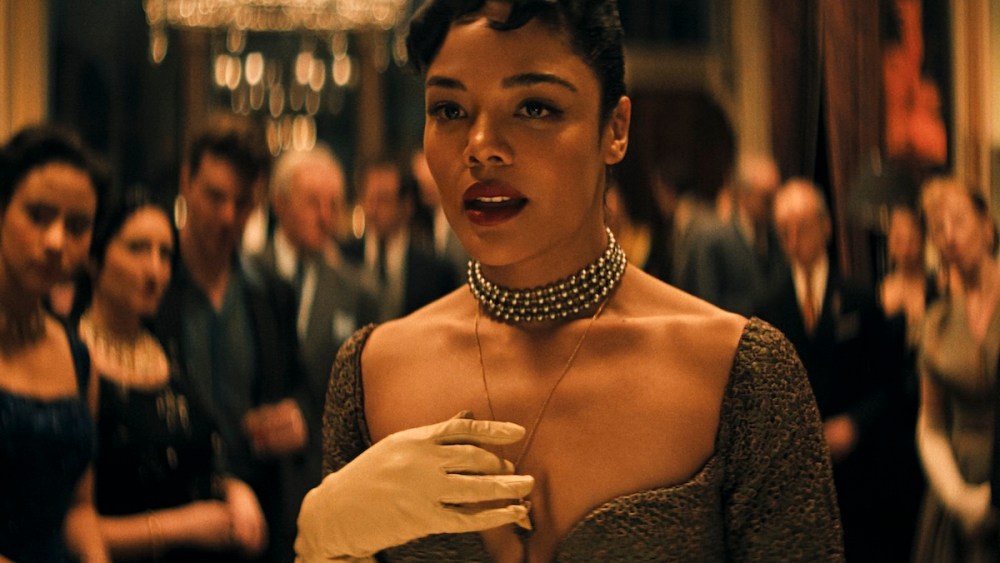

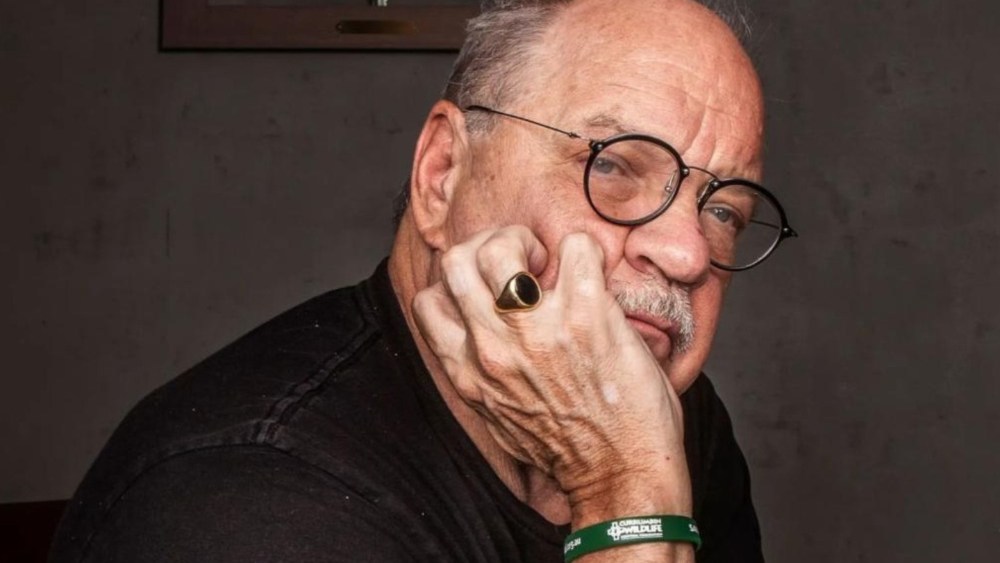

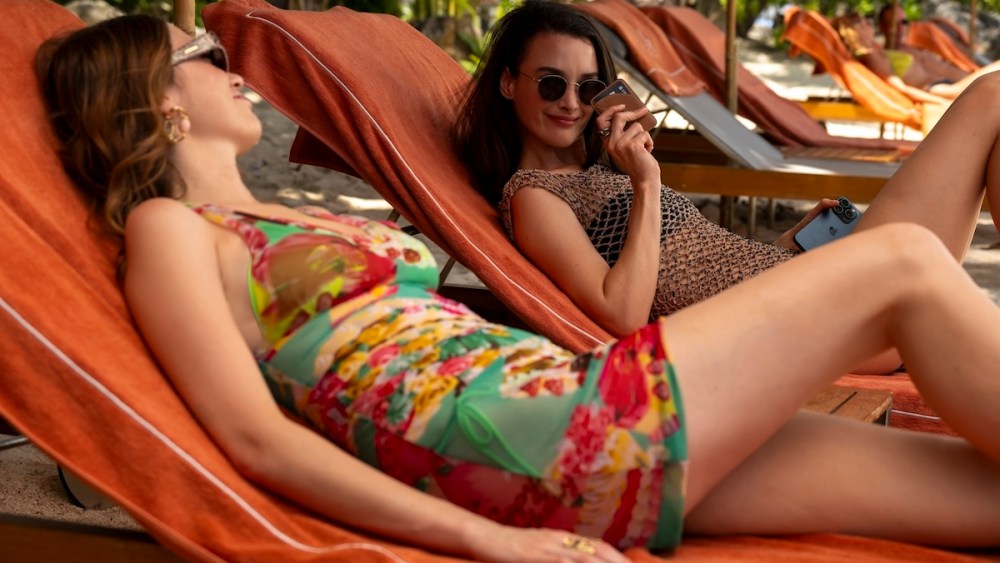
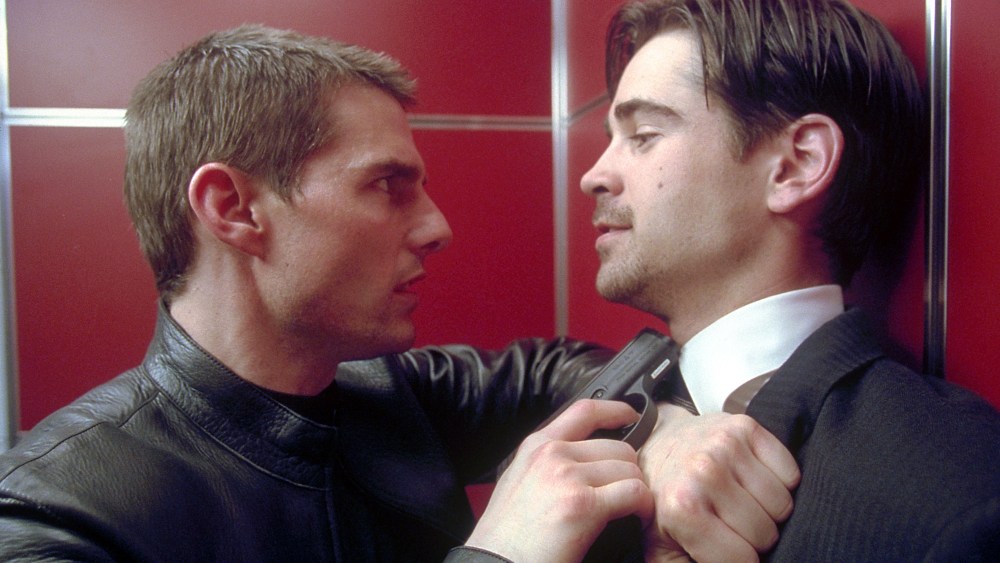
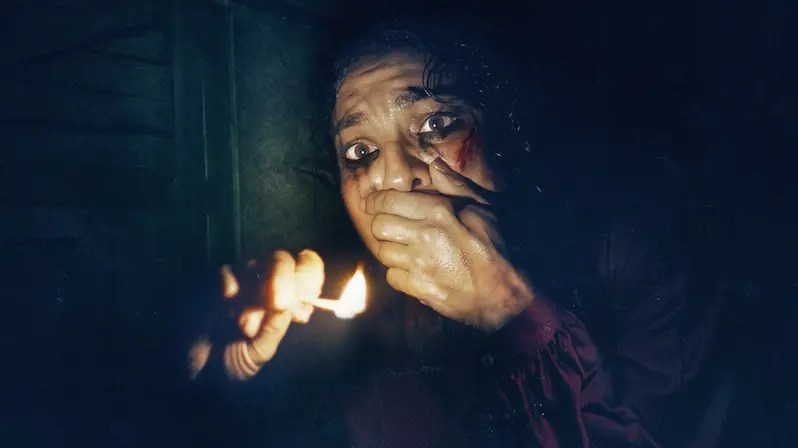

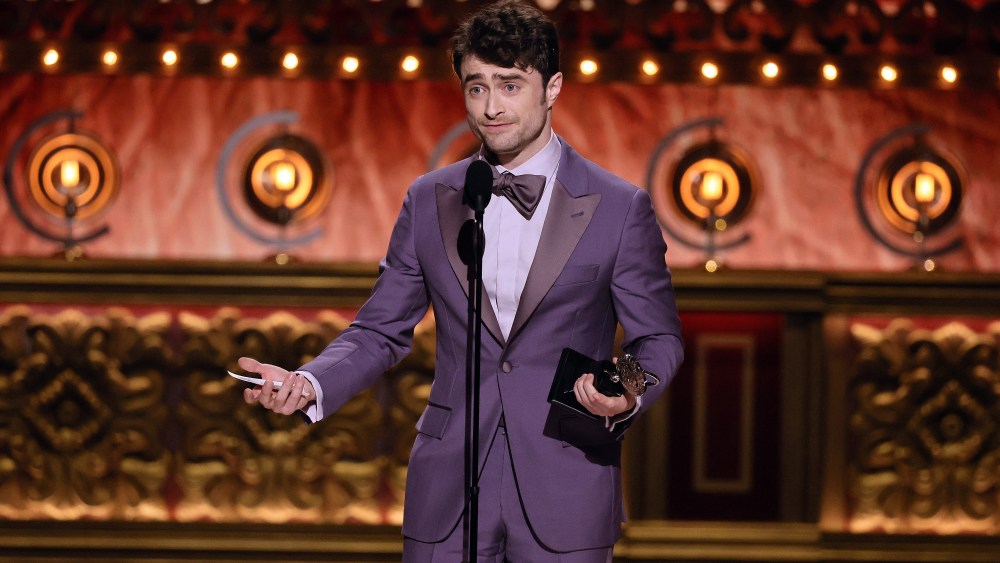
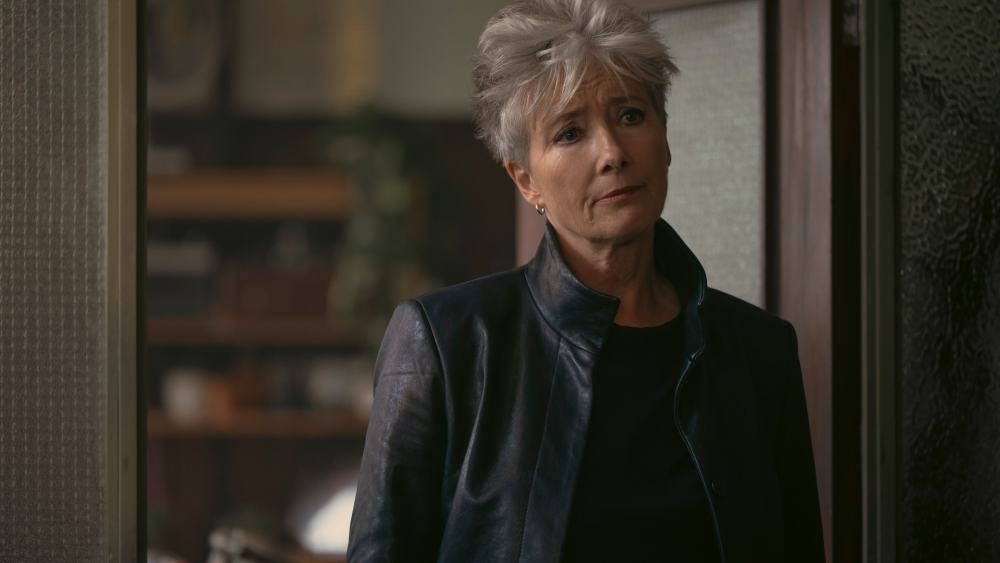


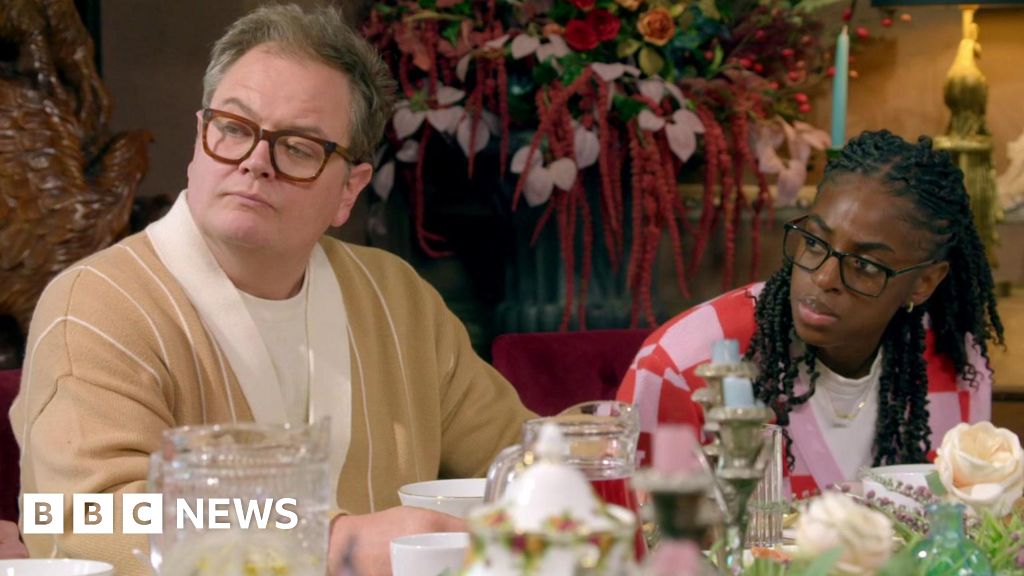

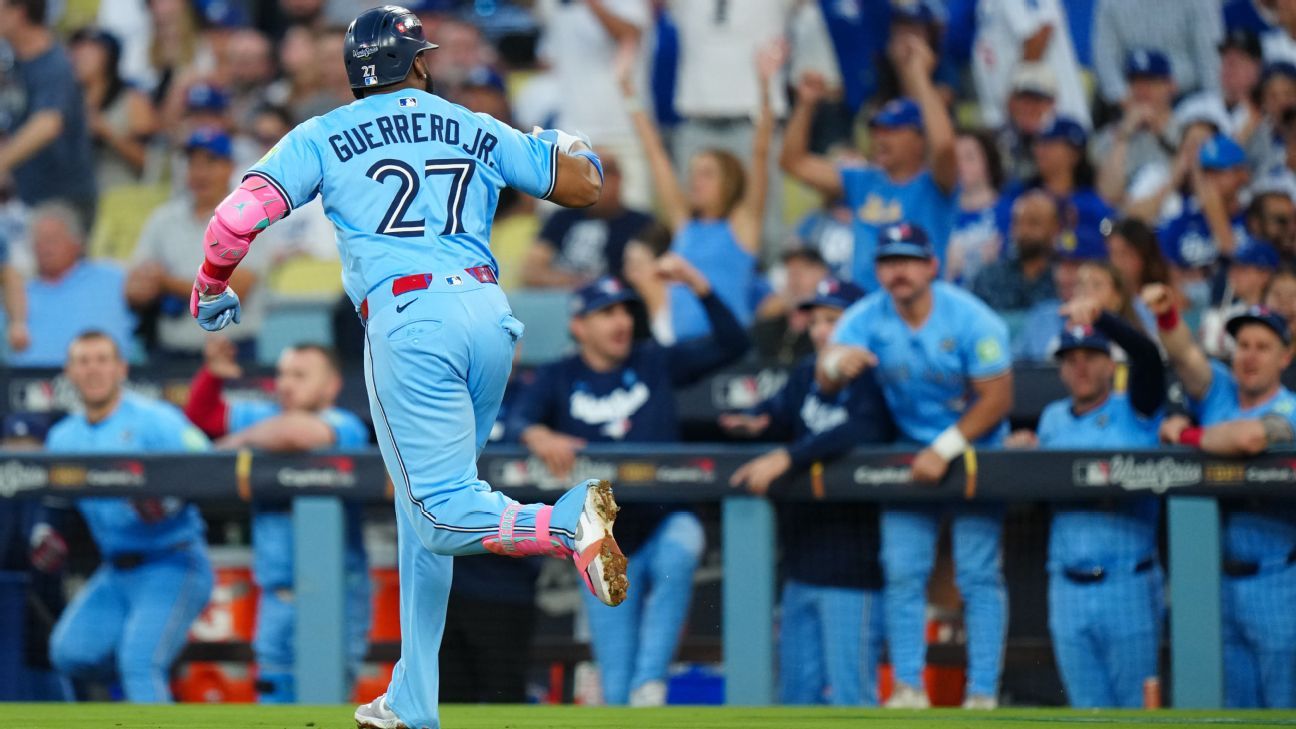
Leave a Reply